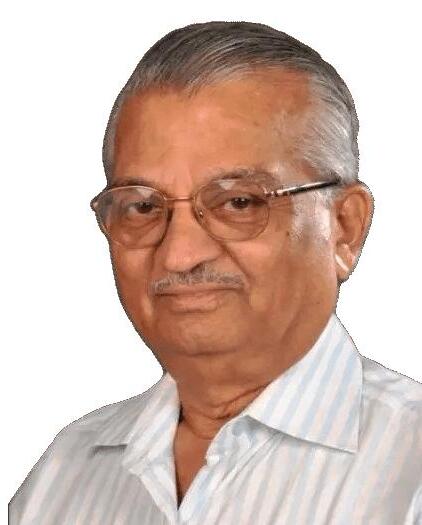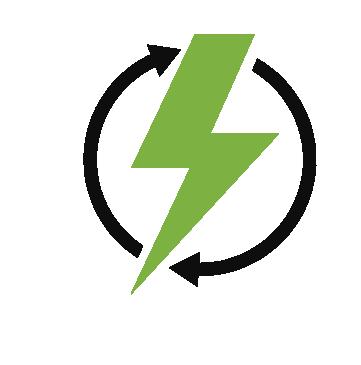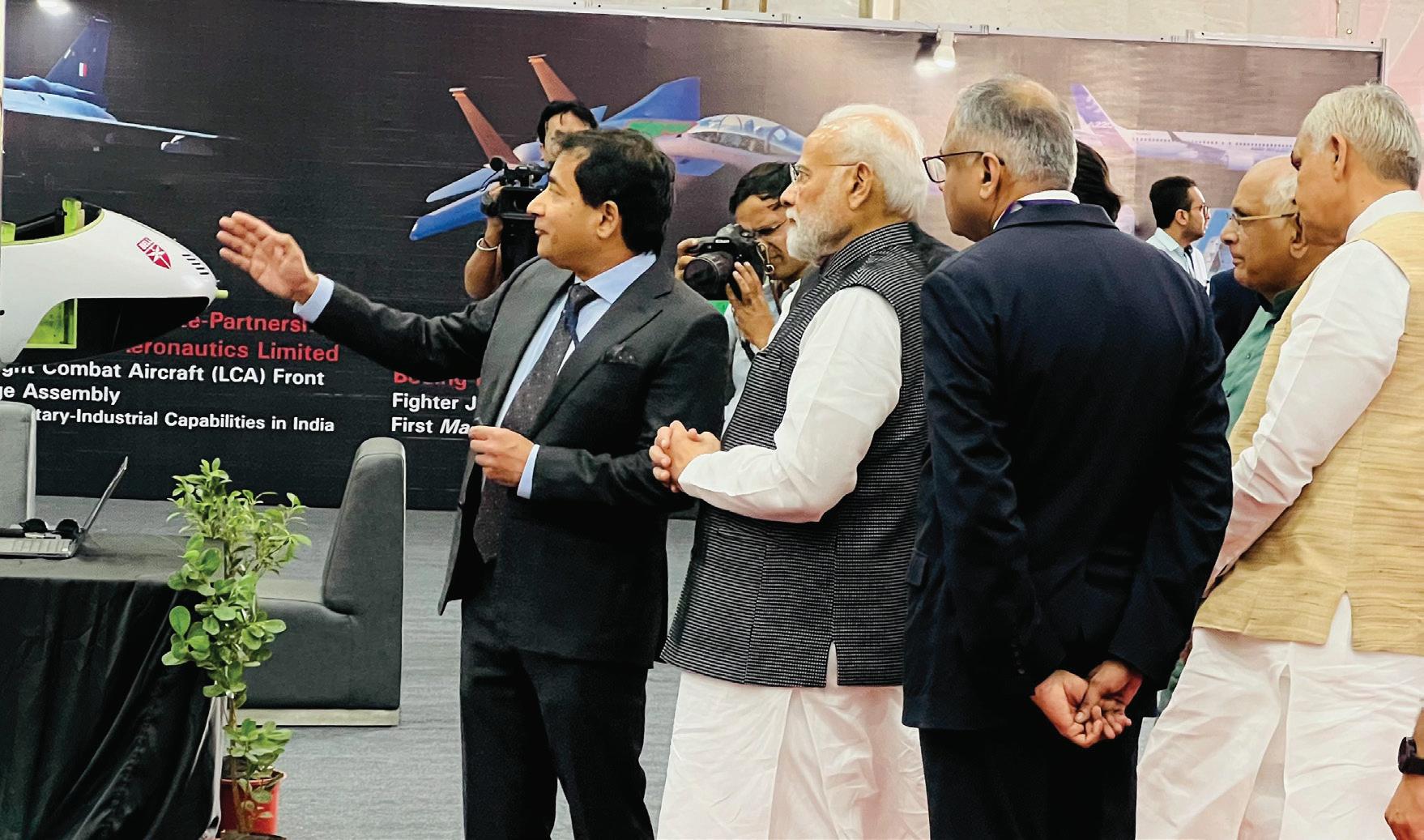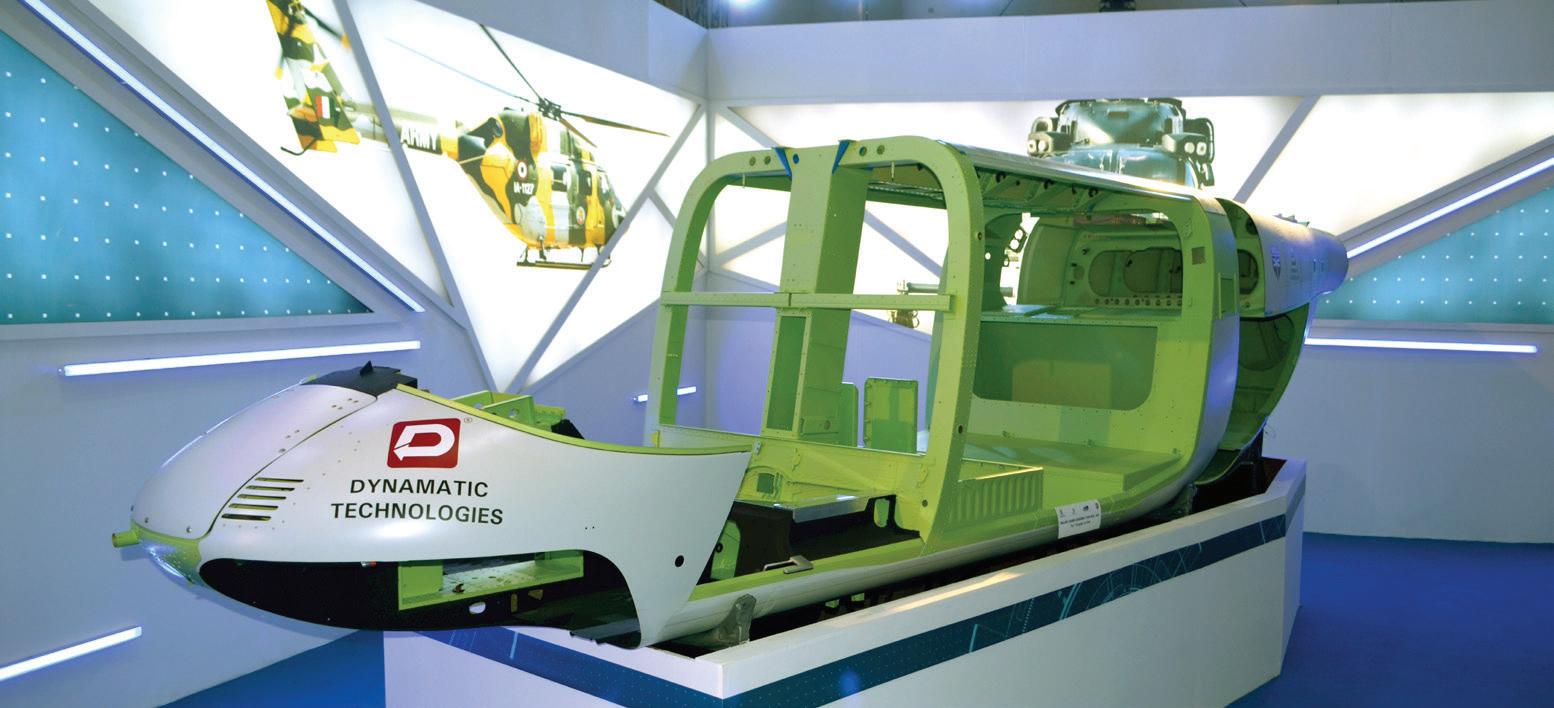
3 minute read
ON NUCLEAR POWERED ELECTRICITY GENERATION
Nuclear power development in India is a part of our autonomous approach to developing self-reliant capability in all aspects of nuclear technology to meet national needs. While India remains a champion of total universal non-discriminatory nuclear disarmament, India had to develop and deploy a credible minimum nuclear deterrent to deal with her national security fol- lowing a well-recognised responsible approach. Naturally, there have been international barriers and embargos on India regarding nuclear technology. Despite teh hurdles, India has been very successful in developing and deploying an indigenous comprehensive nuclear power programme. Today a nuclear capacity of 6780 MWe is operational. Another 6700 MWe capacity is under construction, and a further 9000 MWe capacity addition has been sanctioned for which the work is already in progress. With this, India can expect to reach a nuclear
GENERATING CAPACITY OF 22,480 MWE BY 2031 .
Advertisement

Indigenous Pressurised Heavy Water Reactors, which form the mainstay of our nuclear power programme, have a track record of globally being among the best performers and with significantly lower capital outlay. Thus the 700 MWe Indian PHWR must continue to be the workhorse for rapid large nuclear capacity addition in India. We must develop strategies for doing so by bringing in additional implementation vehicles (NTPC in addition to NPCIL, for example), better policy support and access to low-cost finance. This effort should be supplemented by additional capacity being established through international civil nuclear cooperation.
Globally, there is a significant interest in deploying Small Modular Reactors (SMRs) given their better suitability where capacity addition needs are mar ginal. Their competitiveness depends on an econo my of high production volume, which may become a reality given large integrated demand globally to address the net zero target. However, such a demand would take time to pick up. Further manufacture of nuclear power plants in India would remain much cheaper than such manufacture being done in advanced economies.
Talking about the Indian scene, our energy needs to support a quality of life comparable to the best in the world, which would need us to create energy access to around 28,000 TWh/yr of clean energy. All renewable energy forms put together are unlikely to be able to meet this need. We thus require very large nuclear capacity additions in India. Thus, the large indigenous systems are essential, and as stated above, our 700 MWe PHWR should be the main product to reach our nuclear capacity addition needs. However, we do expect a large number of old coal plants to retire in the near future. In view of the criticality of available sites and readily available infrastructure (transmission, water, rail etc.), indigenously built SMRs (for example, by BARC and NTPC) that can be accommodated at such sites (meeting all safety requirements) can offer a good marginal capacity addition solution.
Given India’s considerable experience building and running the world’s cheapest and best-performing nuclear reactors amenable to rapid indigenisation, India can certainly become a world leader in contributing to the rapid clean energy transition the world is looking for. Leveraging Thorium-HALEU fuel (for example, ANEEL fuel developed by CCTE) in PHWR can make Indian PHWR even more attractive for this purpose, creating a win-win situation for India and the world.
On Fusion Energy
While the renewed interest in nuclear that we see presently is driven by the need to realise the transition to clean energy at the earliest, the energy needs of humanity would grow even beyond the world, reaching net zero and would continue in perpetuity. Sustainability in this context would necessitate access to the vast energy potential of nuclear energy (both fission and fusion). While fission-based nuclear power technology has matured to the level of supplying large-scale commercial electricity, and its potential can be further enhanced through the use of thorium in addition to uranium, fusion energy is the next frontier humankind is working on.
This is a complex technology development at the proof-of-concept stage for both magnetic and inertial confinement strategies. Large outlays are involved, including through collective international efforts. There are recent success stories in demonstrating net fusion energy release with both strategies. The challenge of sustained net energy release continuously and its conversion to electricity or other usable energy forms, as well as demonstrating a fusion power plant, are the next frontiers to be crossed.
Talking specifically in the context of the ITER project in which India is partnering with the international community, one expects to test the first plasma in 2025 and full fusion in 2035. Building a Demo plant may take another 10-15 years, which could be expected to open the doors for commercial fusion power. The long gestation period over which the fusion technology development (both magnetic as well as inertial) is taking place has also seen concurrent improvements in the component technologies involved (better superconducting materials, higher magnetic field etc.). As a result, new concepts are being proposed which appear more attractive. One will have to wait and see the practical implementation of fusion technology, which will certainly be realised one day. Our Institute of Plasma Technology has been pursuing the development of plasma and fusion technologies as-along with BARC and other laboratories and Industries in the country, the ITER India project based at IPR has made significant in-kind contributions to the ITER project. Participation of Indians in ITER is expected to create access to larger system-level intellectual property across the entire ITER project on which India can build the fusion technology further.
ANIL KAKODKAR











